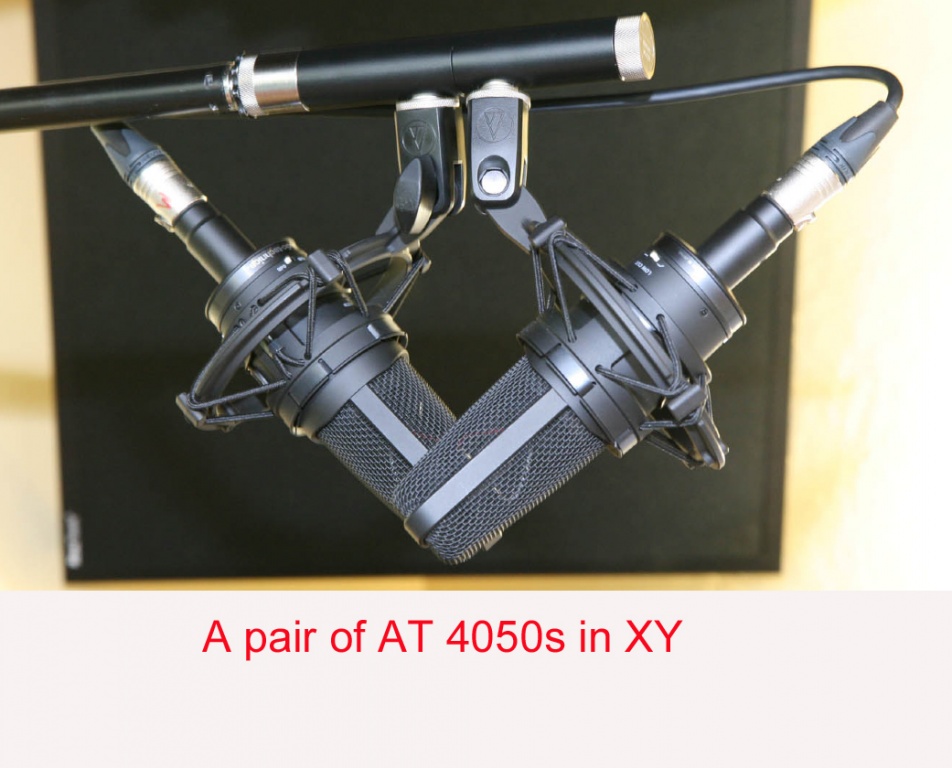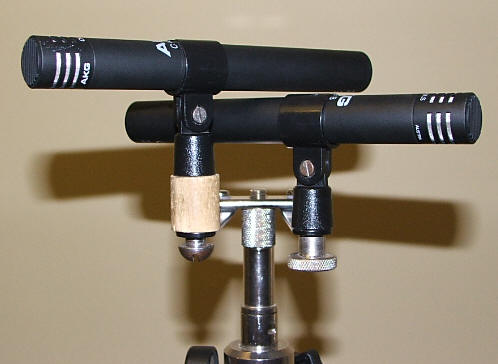So... I'm now a professional film maker (yay!) with a small, corporate customer list. I'm marketing like crazy, am enjoying every minute of it, have made more money than I thought I would, although I wasn't very optimistic but still have this crazy, creative streak in me.
One thing I've always wanted to do is to shoot an opera, albeit a limited one. E.g. an opera without a full orchestra and to attempt to commercialise it.
Problem: I don't have the kit and want to attempt this on the cheap. My sound kitlist is:
- Mkh416 or ECM 674 (I find the ECM better if I need to focus on, say, something like birdsong).
- Sound devices mixer. Cheap one with a couple of XLRs
- Small mixer, somewhere I think. Something with lots of dials on but would have to dig it out.
- Recorder - Something Zoomy.
- The usual bits and pieces (booms etc...)
- Post software: I'd need to get some Logic Pro but could potentially farm out this element to someeone.
- Other stuff which is irrelevant like lavs etc...
I have a little experience of micing up a small, group. E.g. a guitarist with both a mic on the guitarist plus a pickup. However, I've never micced up an orchestra.
Dialogue is not an issue but obviously, music and singing is so I wanted to ask your opinion. Using this very limited setup, how would you record a small orchestra and singers?
One thing I've always wanted to do is to shoot an opera, albeit a limited one. E.g. an opera without a full orchestra and to attempt to commercialise it.
Problem: I don't have the kit and want to attempt this on the cheap. My sound kitlist is:
- Mkh416 or ECM 674 (I find the ECM better if I need to focus on, say, something like birdsong).
- Sound devices mixer. Cheap one with a couple of XLRs
- Small mixer, somewhere I think. Something with lots of dials on but would have to dig it out.
- Recorder - Something Zoomy.
- The usual bits and pieces (booms etc...)
- Post software: I'd need to get some Logic Pro but could potentially farm out this element to someeone.
- Other stuff which is irrelevant like lavs etc...
I have a little experience of micing up a small, group. E.g. a guitarist with both a mic on the guitarist plus a pickup. However, I've never micced up an orchestra.
Dialogue is not an issue but obviously, music and singing is so I wanted to ask your opinion. Using this very limited setup, how would you record a small orchestra and singers?




